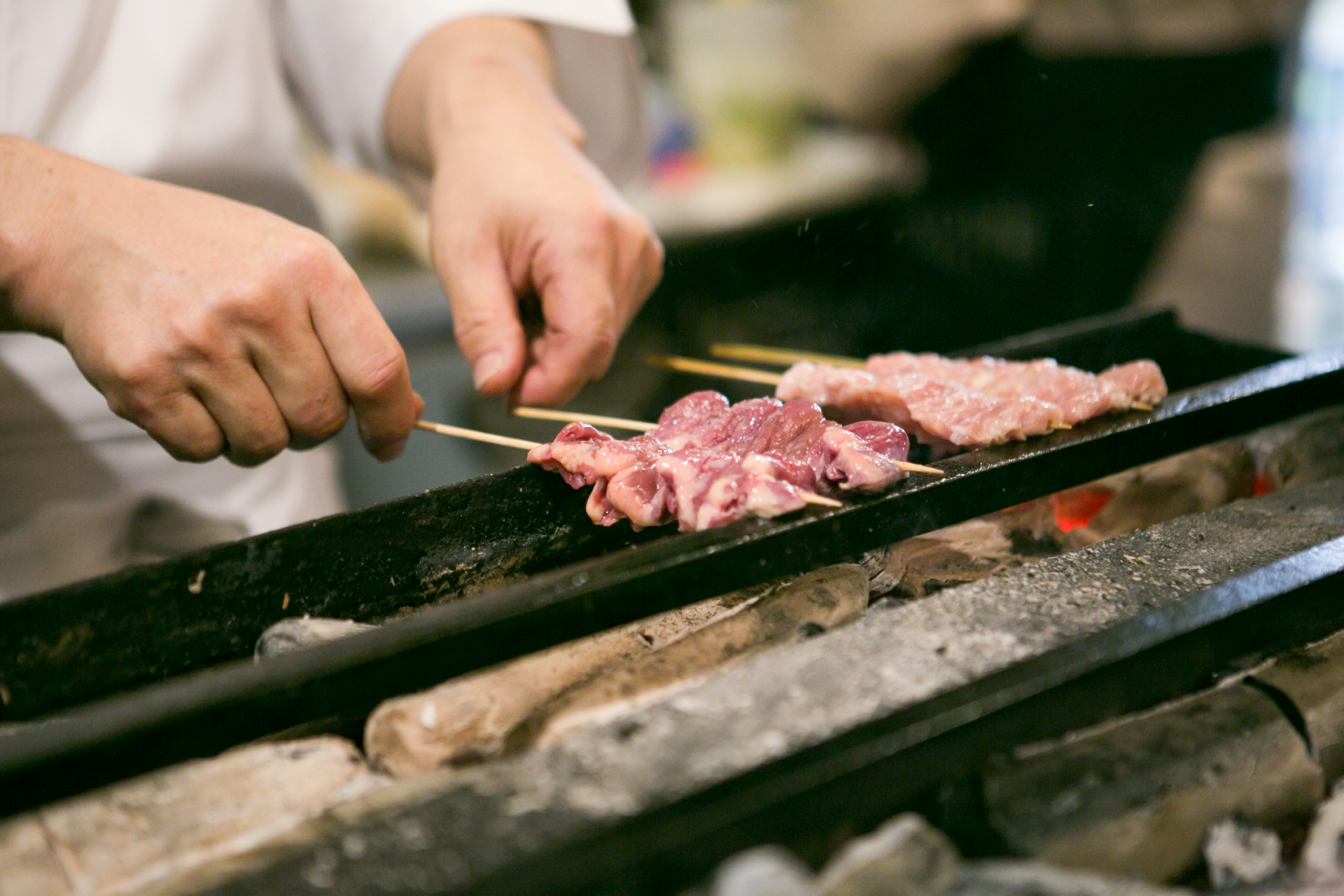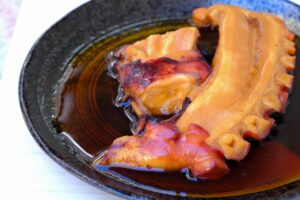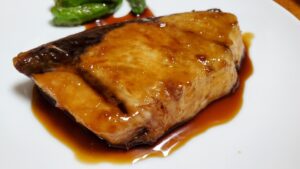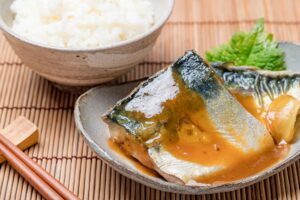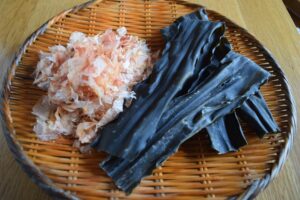Yakitori, a beloved Japanese dish, is much more than just grilled chicken on skewers. This article will take you through the history of yakitori, its cultural significance, and the various types of yakitori enjoyed across Japan. You’ll also learn how to make authentic yakitori at home, with detailed recipes and grilling tips. Whether you’re a food enthusiast, a home cook, or planning your next trip to Japan, this guide will provide everything you need to know about yakitori.
The History and Cultural Significance of Yakitori
Yakitori has a deep-rooted history in Japanese culinary traditions, emerging as a popular street food during the Edo period (1603-1868). Initially, chicken was a luxury item, and yakitori was often made using less desirable parts, cooked over simple charcoal grills. Over time, yakitori evolved into a staple of Japanese izakayas (pubs) and restaurants, symbolizing the essence of social dining in Japan.
In the post-war era, yakitori became more accessible to the masses, reflecting a shift in the Japanese diet as chicken farming expanded. Today, yakitori is not just a meal; it is an experience, often enjoyed with friends over drinks, embodying the communal spirit of Japanese culture. This transition from humble beginnings to a globally recognized dish highlights the adaptability and enduring appeal of yakitori.
Different Types of Yakitori and Their Ingredients
Yakitori showcases a variety of chicken cuts, each offering unique flavors and textures. Common types include momo (chicken thigh), known for its juiciness, negima (chicken and green onion), which balances the savory and sweet flavors, and tsukune (chicken meatballs), which are often seasoned with a rich tare sauce. Each skewer is meticulously crafted, emphasizing simplicity and the natural taste of the ingredients.

Beyond chicken, yakitori can include vegetables like shiitake mushrooms, and even tofu, catering to a broader audience. These alternatives allow for creativity and adaptability, making yakitori a versatile dish that can be enjoyed by meat-eaters and vegetarians alike.
Essential Yakitori Grilling Techniques
Grilling yakitori to perfection requires careful attention to detail. The key is maintaining a steady, medium heat, which ensures the chicken cooks evenly without drying out. The grilling process involves frequent flipping, which helps to achieve a uniform char while keeping the meat juicy.
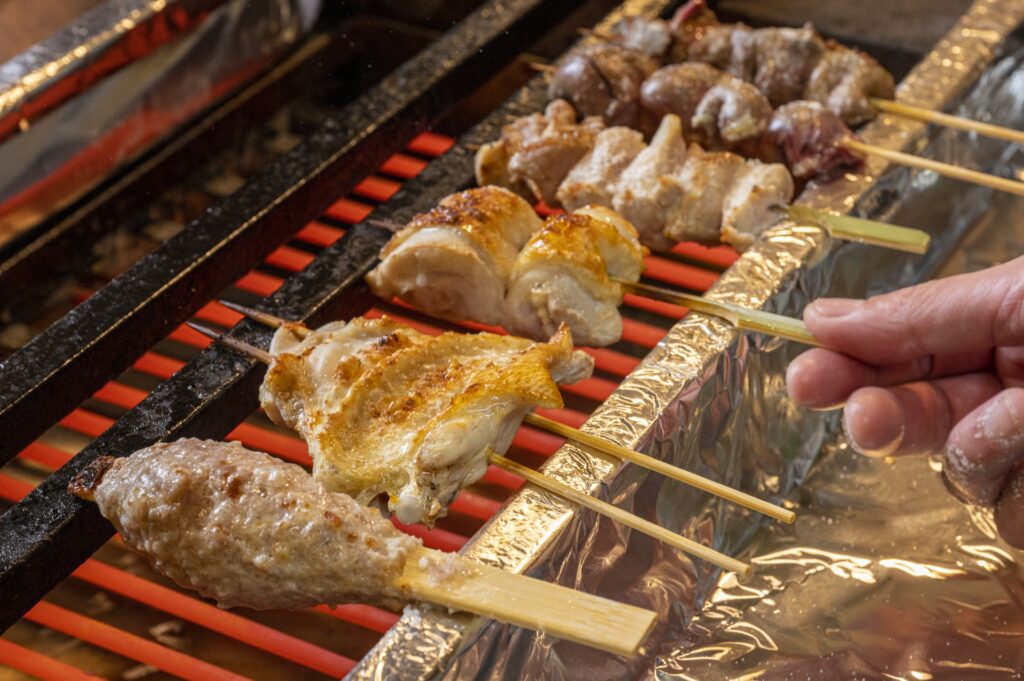
Yakitori is traditionally seasoned in two ways: tare, a sweet soy-based sauce, or shio, simply seasoned with salt. Tare adds a glossy finish and a deep umami flavor, while shio highlights the natural taste of the chicken. Mastering the balance between these two methods is essential for creating authentic yakitori.
Making Yakitori at Home: Step-by-Step Recipe
Ingredients:
- Chicken thighs, cut into bite-sized pieces
- Green onions, cut into 2-inch pieces
- Bamboo skewers, soaked in water
- Tare sauce (soy sauce, mirin, sake, sugar)
- Salt
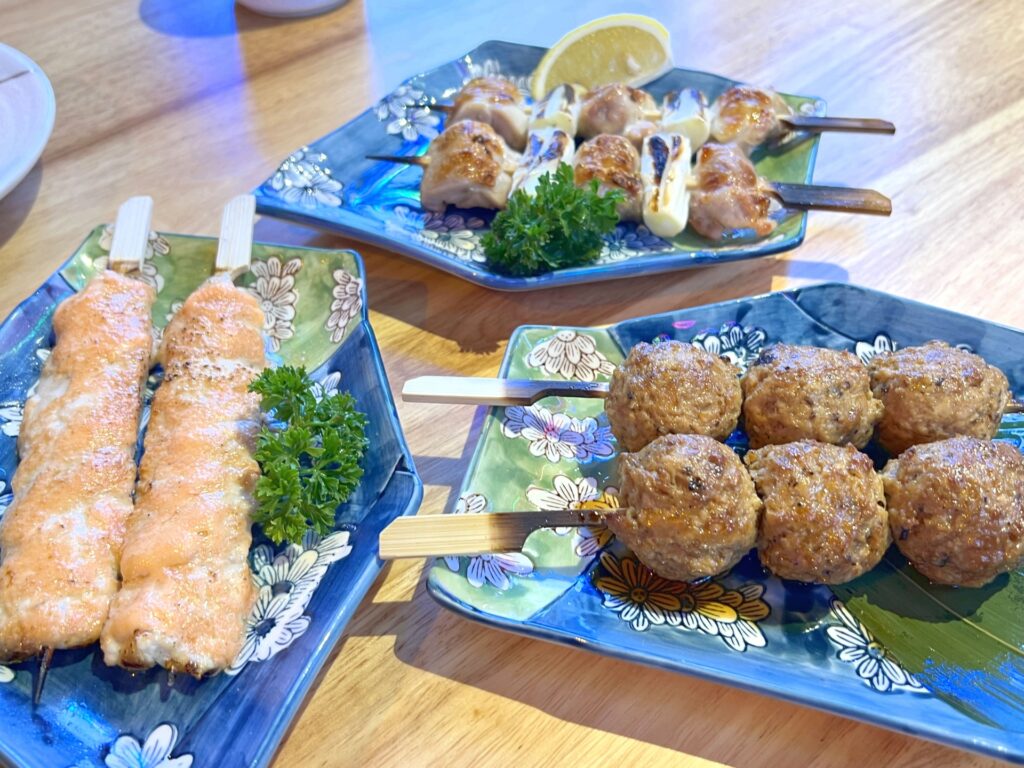
Instructions:
- Prepare the Skewers: Alternate pieces of chicken and green onion on the skewers.
- Grill: Preheat your grill to medium heat. Place the skewers on the grill, turning every 2-3 minutes to ensure even cooking.
- Season: For tare, brush the sauce onto the skewers during the last few minutes of grilling. For shio, sprinkle salt before grilling.
- Serve: Enjoy your yakitori hot off the grill, paired with your favorite beverage.
If you don’t have a traditional yakitori grill, a regular barbecue or even a broiler can be used to achieve great results.
Pairing Yakitori with Beverages and Side Dishes
Yakitori pairs exceptionally well with Japanese beverages like sake and beer. Sake’s smooth, rich flavor complements the umami of tare-seasoned yakitori, while the crispness of beer balances the salt-seasoned varieties. For a non-alcoholic option, green tea offers a refreshing contrast to the savory flavors.

Side dishes such as pickled vegetables or miso soup enhance the yakitori experience, adding variety and balancing the richness of the grilled chicken. A bowl of steamed rice also serves as a perfect accompaniment, making the meal more filling and satisfying.

Where to Find the Best Yakitori in Japan
Japan is home to countless yakitori restaurants, but some stand out for their exceptional offerings. In Tokyo, visit Torishiki in Meguro for its exquisite craftsmanship, where each skewer is a work of art. Bird Land in Ginza, a Michelin-starred restaurant, offers an elevated yakitori experience with premium ingredients.
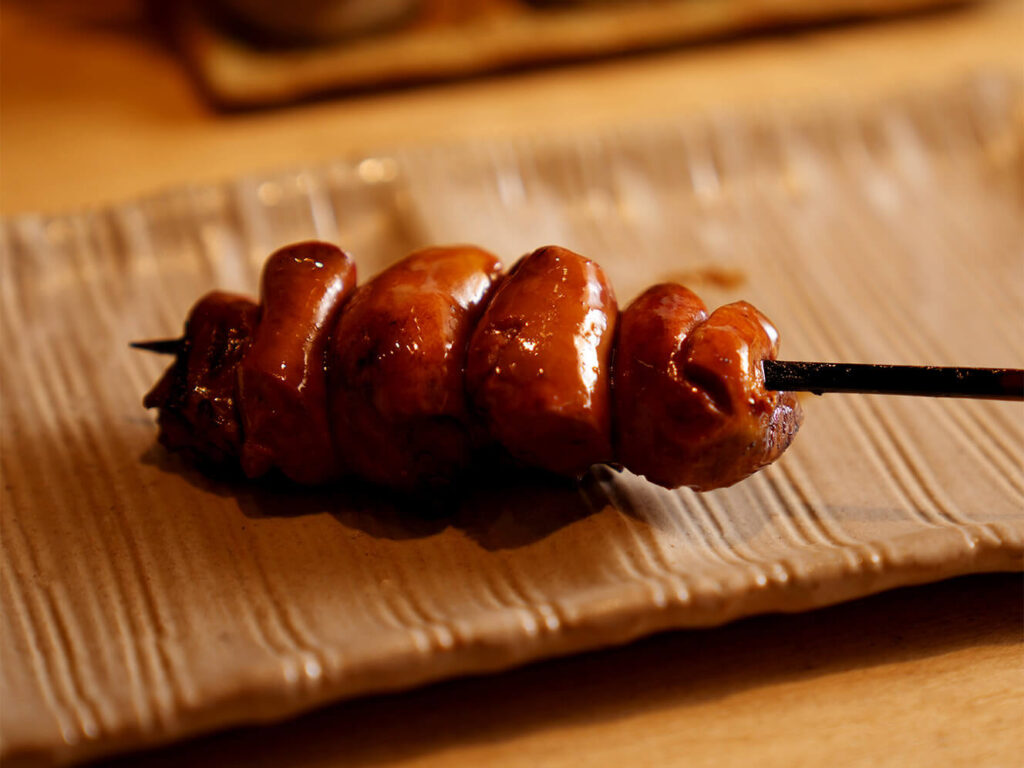
In Osaka, head to Tsuchiya for a more traditional atmosphere, where the focus is on perfecting classic recipes. Meanwhile, Kyoto‘s Yakitori Hitomi provides a cozy setting with a menu that highlights regional ingredients, making it a must-visit for any yakitori enthusiast.
Exploring Yakitori in Popular Culture
Yakitori frequently appears in Japanese media, symbolizing comfort and tradition. In anime, it often represents a moment of relaxation or celebration among characters. For instance, in the popular series “Shirobako,” yakitori serves as a bonding moment for the main characters after a long day of work.
In films like “Tampopo,” yakitori is celebrated as part of the broader Japanese food culture, showcasing its role in everyday life. These cultural references highlight yakitori’s significance beyond the dining table, embedding it into the fabric of Japanese society.

